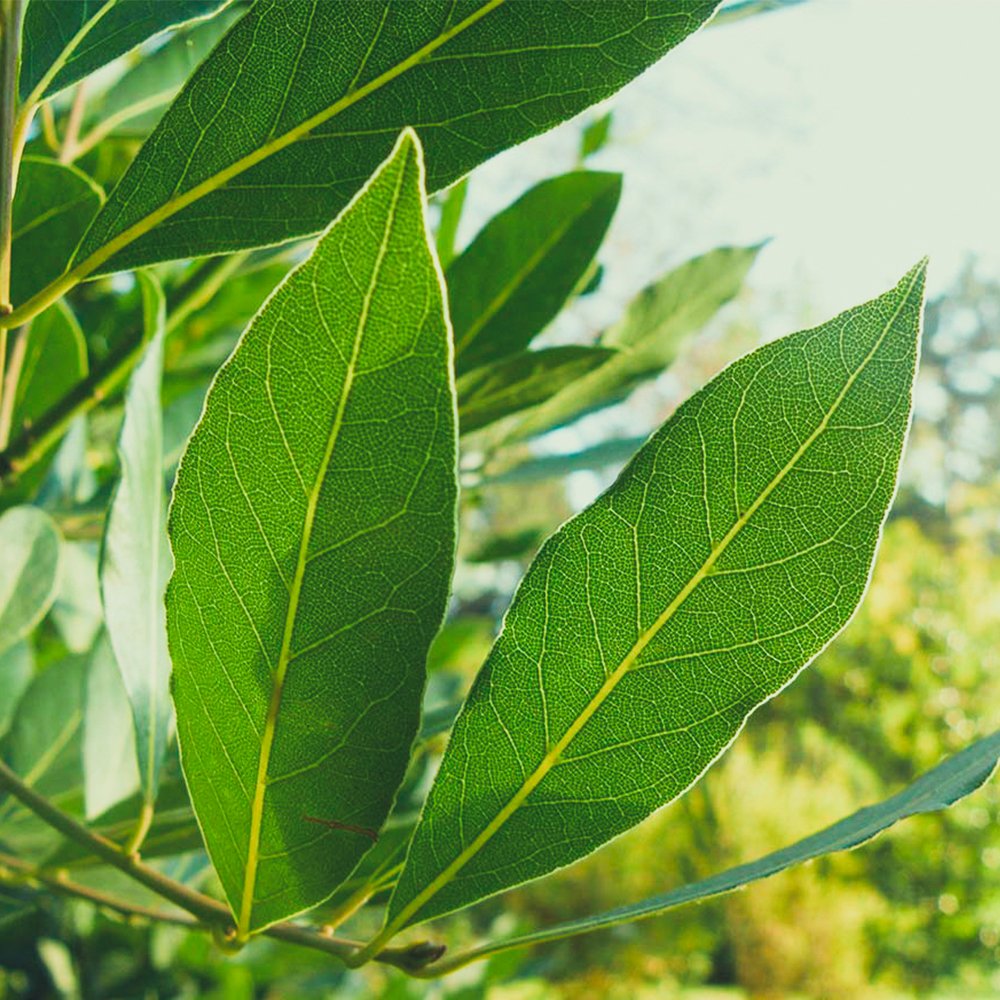Myrtle Oil
Premium Natural Ingredient for Perfumery
Myrtle Oil is a steam-distilled essential oil obtained from the leaves and twigs of Myrtus communis, a Mediterranean evergreen shrub. Characterized by a fresh, menthol-like, and terpenic aroma, it functions as a top-note aromatic material. Myrtle Oil is used in cologne compositions, herbal blends, and fresh accords, particularly in formulations requiring a clean, diffusive opening. High-quality Tunisian and Corsican varieties are prized for their balance of freshness and soft floral nuance.
Premium Natural Ingredient for Perfumery
Myrtle Oil is a steam-distilled essential oil obtained from the leaves and twigs of Myrtus communis, a Mediterranean evergreen shrub. Characterized by a fresh, menthol-like, and terpenic aroma, it functions as a top-note aromatic material. Myrtle Oil is used in cologne compositions, herbal blends, and fresh accords, particularly in formulations requiring a clean, diffusive opening. High-quality Tunisian and Corsican varieties are prized for their balance of freshness and soft floral nuance.
Premium Natural Ingredient for Perfumery
Myrtle Oil is a steam-distilled essential oil obtained from the leaves and twigs of Myrtus communis, a Mediterranean evergreen shrub. Characterized by a fresh, menthol-like, and terpenic aroma, it functions as a top-note aromatic material. Myrtle Oil is used in cologne compositions, herbal blends, and fresh accords, particularly in formulations requiring a clean, diffusive opening. High-quality Tunisian and Corsican varieties are prized for their balance of freshness and soft floral nuance.
Natural Ingredient Overview
🔎 Botanical Name: Myrtus communis
🏭 Supplier: Goymen Oil (Turkey, distilled sample)
📂 CAS N°: 84082-67-7 / 8008-46-6
⚖️ MW: Not applicable (complex natural mixture)
📝 Odor Type: Aromatic
📈 Odor Strength: Medium-high
👃🏼 Odor Profile: Fresh, mentholic, lemony, diffusive, terpenic; soft floral nuance in high-quality oils
🧴 Appearance: Pale yellow to orange-yellow or pale amber liquid
♨️ Persistence: Low (≈5 hours on strip, undiluted)
⚗️ Uses: Top-note aromatic, citrus-herbal modifier
🧪 Extraction Method: Steam distillation of leaves and twigs (flowers may be included in some origins)
What is Myrtle Oil?
Myrtle Oil is the volatile essential oil of Myrtus communis, a plant known for its high essential oil content and traditional usage across Mediterranean cultures. The oil is composed predominantly of monoterpenes, including 1,8-cineole, α-pinene, limonene, myrtenyl acetate, and linalool, among others. Its composition varies notably by geographic origin, plant part used, and distillation method.
Historically, Myrtle Oil was widely produced in countries such as Tunisia, Corsica, Italy, and Spain. Production on the island of Cyprus ceased in the mid-20th century. Today, quality oil continues to come from Turkey, Tunisia, and Morocco.
Olfactory Profile & Perfumery Applications
👃🏼 Odor Description: Myrtle Oil emits a bright, diffusive freshness with menthol-like, terpenic, and lemony aspects. Superior samples (Corsican, Tunisian) display a slight floral softness and minimal harsh residue.
⚗️ Perfumery Role:
Functions as a top-note aromatic
Lacks fixative properties
Ideal in eaux fraîches, herbal colognes, aldehydic citrus structures
Smooths transitions between citrus and aromatic notes
🧴 Blends well with:
Citrus: Bergamot, lime oil
Aromatics: Lavandin, rosemary, clary sage, artemisia, hyssop
Woods/herbs: Bay leaf oil, cedar derivatives
Due to its volatility and clean fade-out, it is often employed in complex top-note architectures that require energy without lingering intensity.
Industrial & Technical Uses
While mainly used in fine perfumery, Myrtle Oil also finds application in:
Toiletries (aftershaves, herbal creams)
Natural perfumery bases
Functional perfumery (odor masking, especially in herbal cleaners)
Aromatherapy: Claimed calming and respiratory effects (not validated in perfumery context)
Stability under oxidative conditions is a concern. Adulteration using synthetic cineole, camphene, or linalyl acetate derivatives has been reported; analytical verification is recommended for high-purity sourcing.
Regulatory & Safety Overview
IFRA: Permitted in all categories; follow limits for 1,8-cineole and other monoterpenes
EU Allergens: May contain regulated allergens such as linalool, limonene, eugenol, depending on chemotype
FEMA: Not listed for GRAS food use
ECHA (REACH): Not classified as hazardous; oxidation can lead to sensitization — antioxidants recommended in bulk storage
Phototoxicity: None reported under standard use concentrations
Additional Information
🌍 Geographical Sources: Algeria, Tunisia, Corsica, France, Italy, Turkey, Spain, Morocco, Ex-Yugoslavia
🧪 Distillation Specifics: May include flowers in some origins, impacting aromatic profile and sweetness
🧾 Historical Note: Production ceased in Cyprus (1955) due to cost and logistics (Arctander)
⚠️ Stability: Susceptible to polymerization/oxidation; store cool and protected from light/air
Sources
Fulvio Ciccolo, 2021
Perfume and Flavor Materials of Natural Origin – Steffen Arctander, 1961
Internal analysis of Goymen Oil sample (Turkey)
ECHA Substance Information







